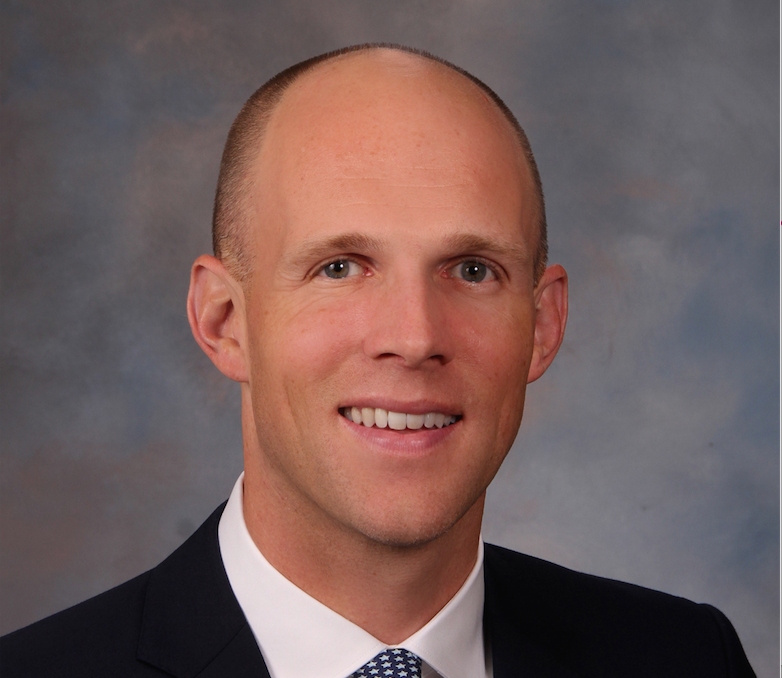Nearly four out of every five institutional investors globally are allocating capital to alternative assets and private equity represents a large chunk of that capital, Preqin’s data shows. Aberdeen’s John Dickie, Co-Head of U.S. Private Equity at Aberdeen Standard Investments, talks with Funds Society about the outlook for private equity investment and fundraising in the second half of 2018/year ahead.
In John’s opinion, it is a very good time to be raising money, and there is a lot of interest globally in private equity given that it has performed quite well and has continued to outpace the public markets. John also notes that investors increasingly appreciate that there are hundreds of thousands of private companies in the U.S., whereas, there are less than 4,000 public companies in the U.S., so “investors are realizing that by sticking to the public markets they are limiting themselves to a very small portion of the total investable universe.”
However, he believes that “GPs have to have an edge to catch LP’s attention.” At a high level he sees strong interest in the lower middle market, “given that returns in that part of the market have been better” than larger funds.
When looking to invest with a GP John and his team at Aberdeen Standard Investments focus on two main areas:
- Quantitatively, they need to fundamentally believe the GP’s team are good investors and have a great track record of improving the operations of businesses they invest in. They also look to how they source investments.
- Qualitatively, “we look for people that we trust and value as partners, that value our input, and that are building great firms culturally, with multigenerational layers and appropriately shared economics,”
Co-investing is here to stay
John believes co-investing is an important tool for LPs to enhance returns and to minimize, or even eliminate, J-curves. However, he observes that there are many firms that have been reckless with co-invest. “So, whenever the next downturn comes, many LPs will not be happy.”
At Aberdeen Standard Investments, the firm has built a team with professionals that have GP experience, which allows them to keep up with the GP due diligence activities, and to dig deep into companies.
What will the market look like?
According to John, we will continue to see the big firms get bigger, but there will also be more small firms. “The largest firms are going to continue to attract capital from all over the world and continue to grow, but a number of middle markets firms are going to continue to have spin outs,” he said, adding “we are observing a huge number of spin offs and first time funds. A lot of LPs will back first time funds but NOT first time investors.”
The reason why he believes that emerging or new private equity fund managers are attractive is that “you can allocate capital to a team of people that are highly trained from a well-respected organization that have, in many cases, 10-15, sometimes 20 years of PE experience, but now they get to do it for themselves. The passion of having your own firm with your closest partners leads to an incredible incentive in alignment where these teams are hungry to succeed and have a successful fund. We think that can be a pretty interesting dynamic.”

